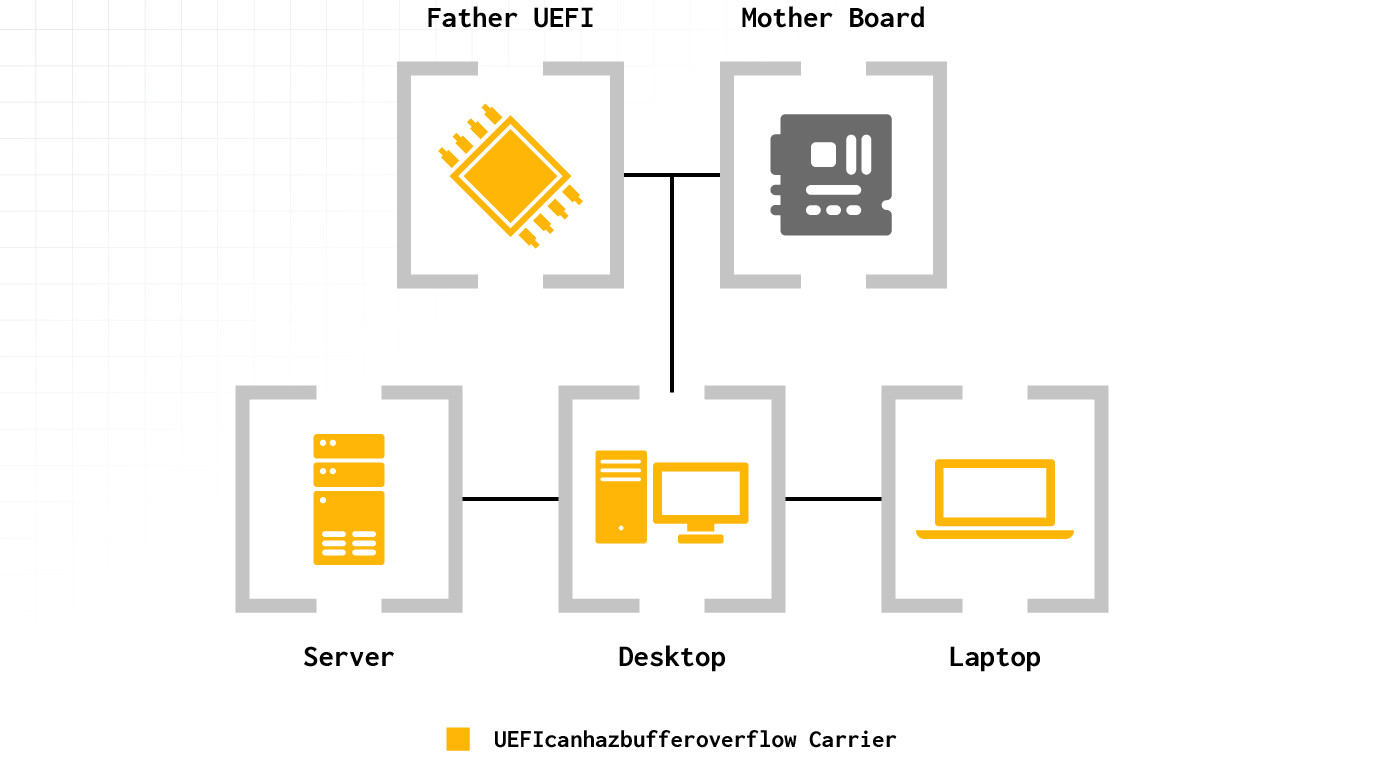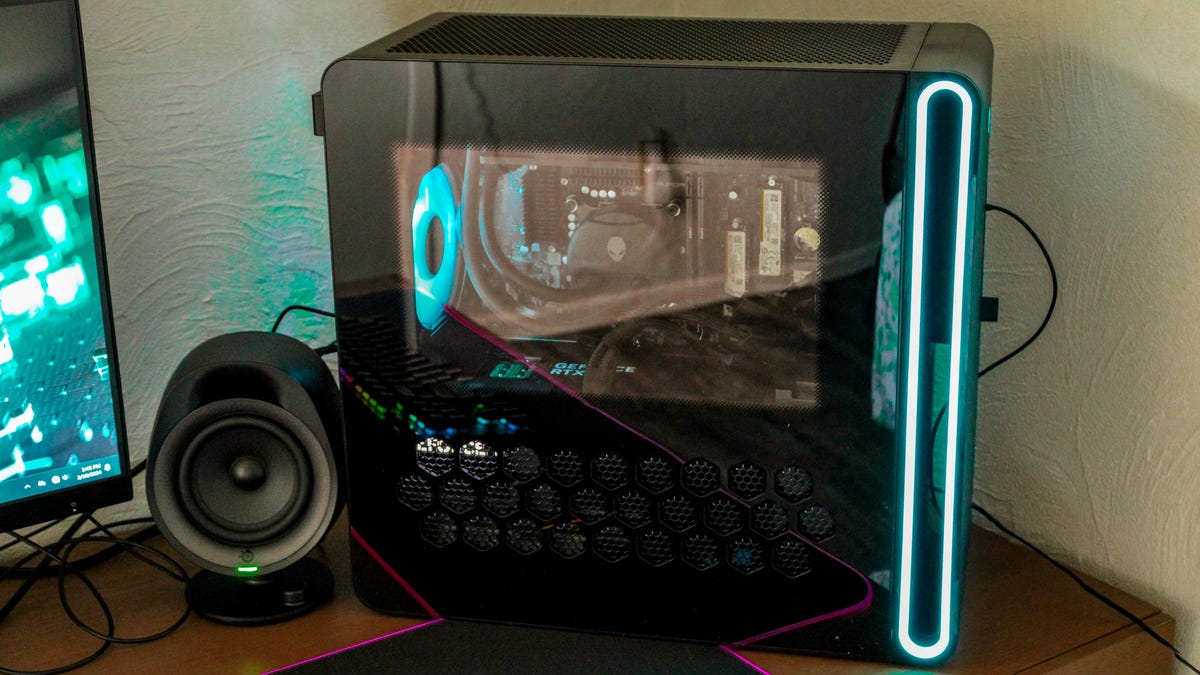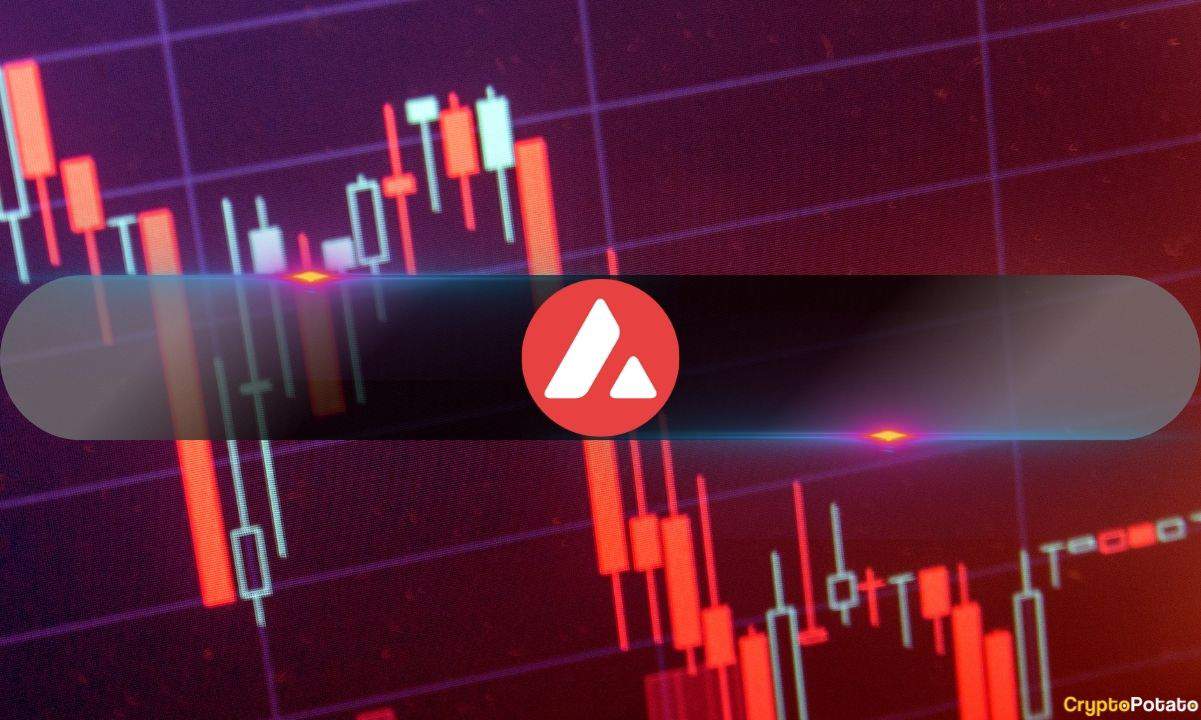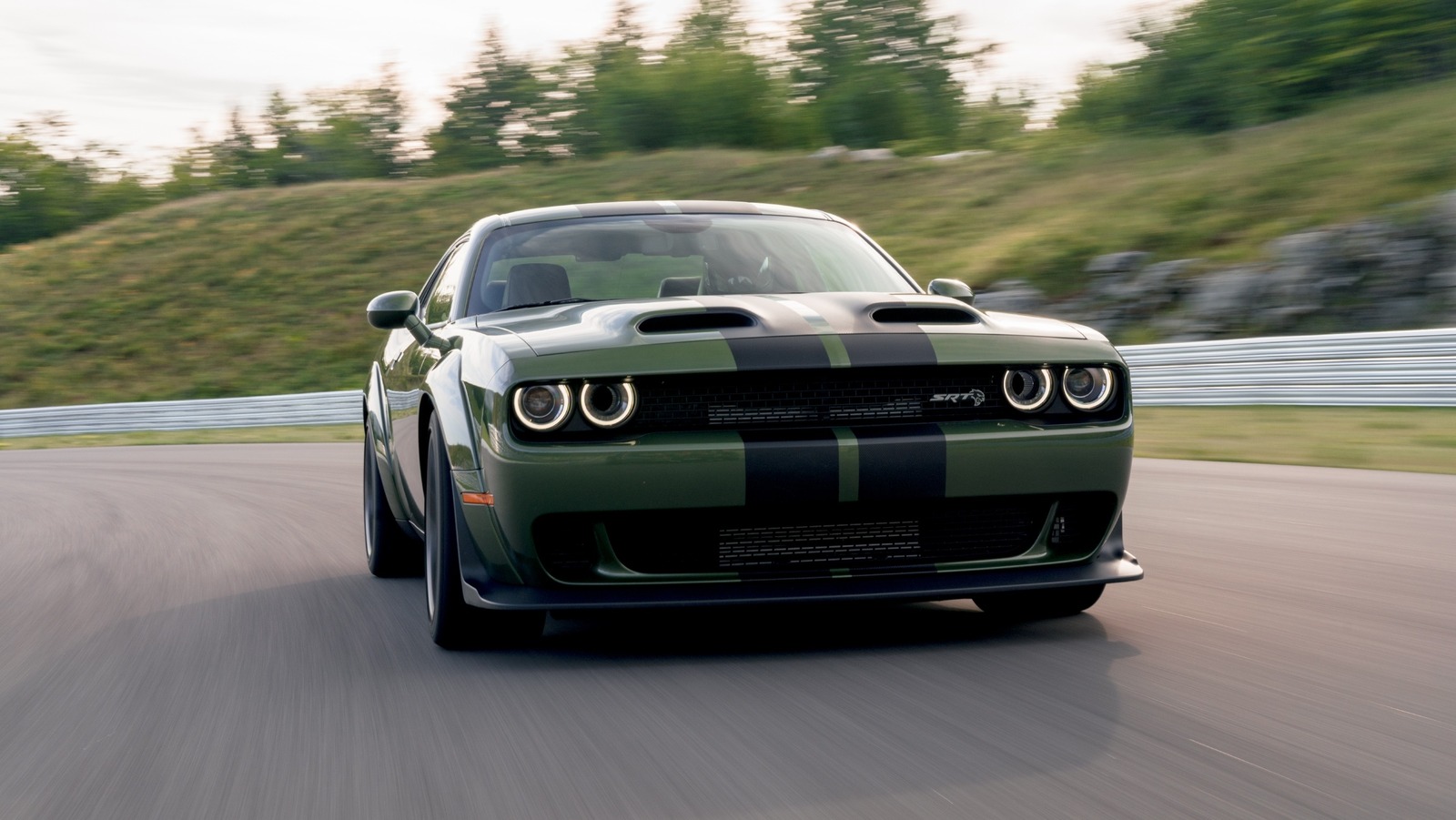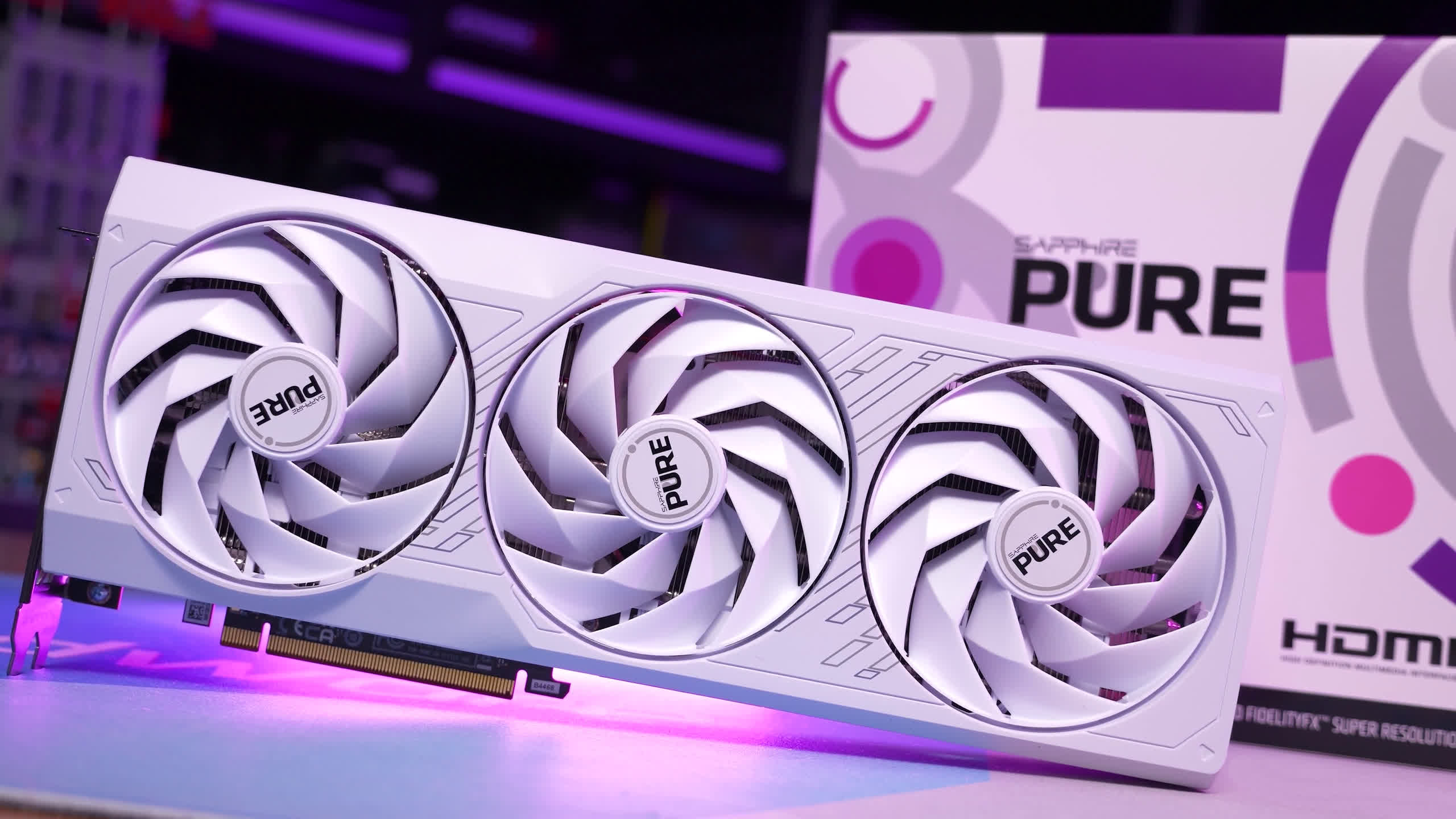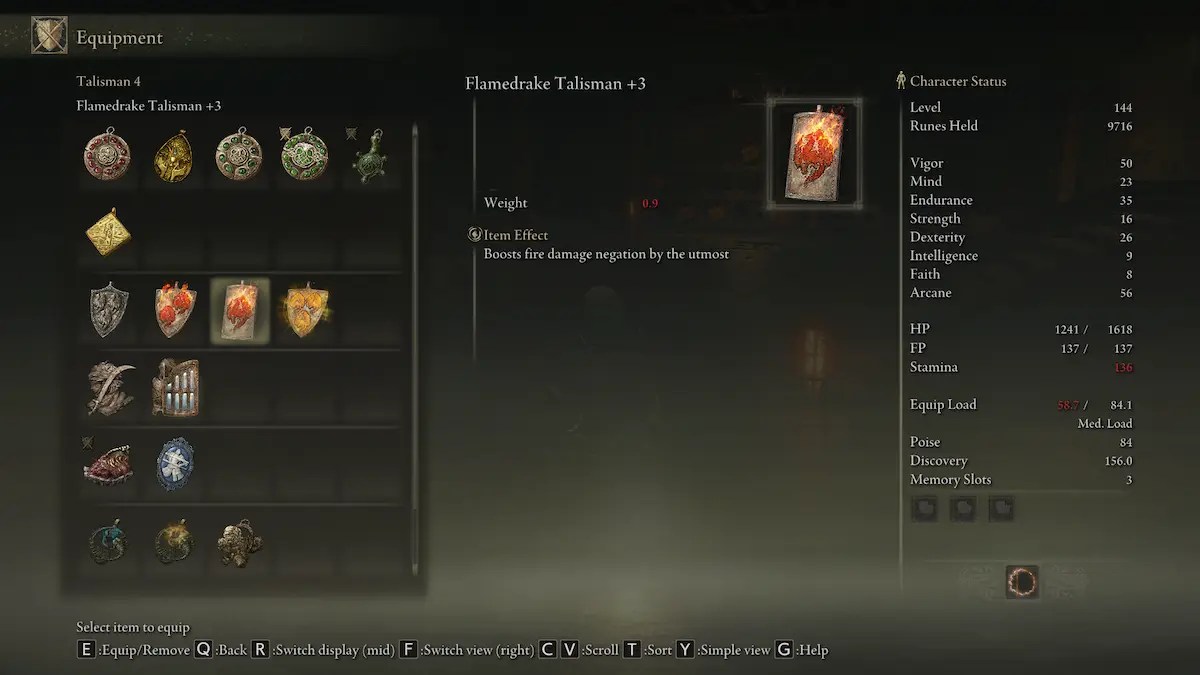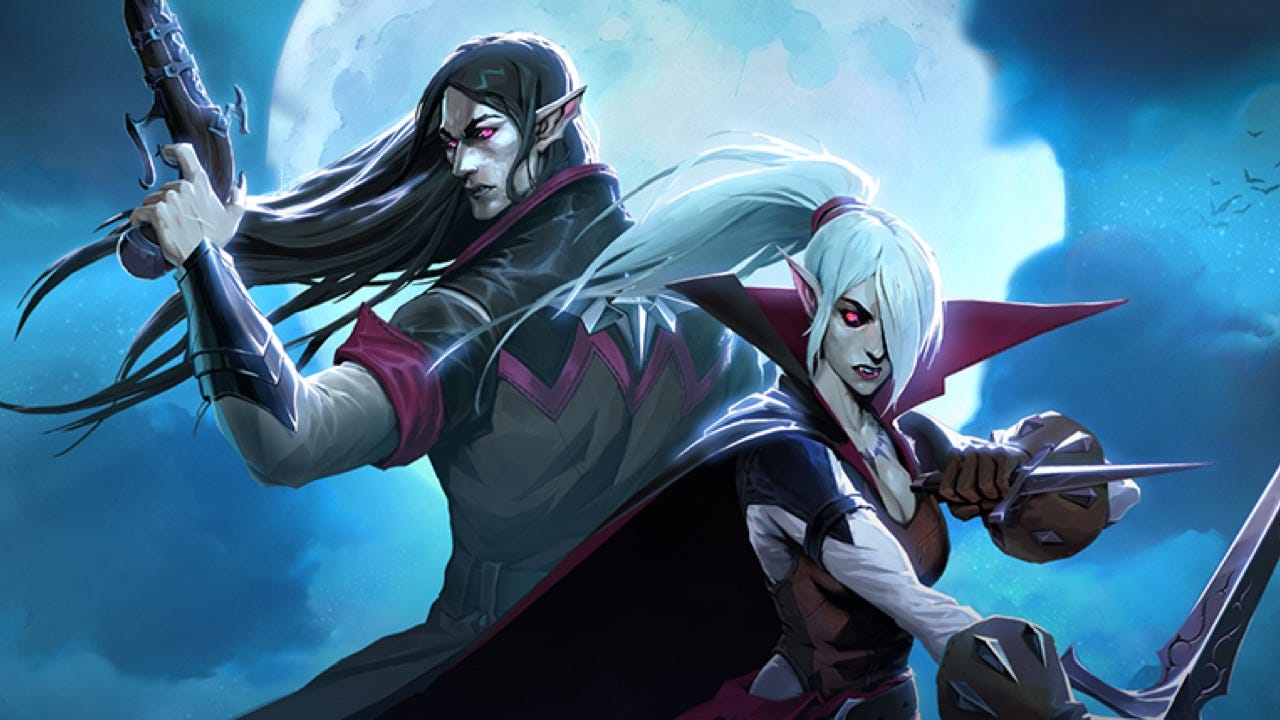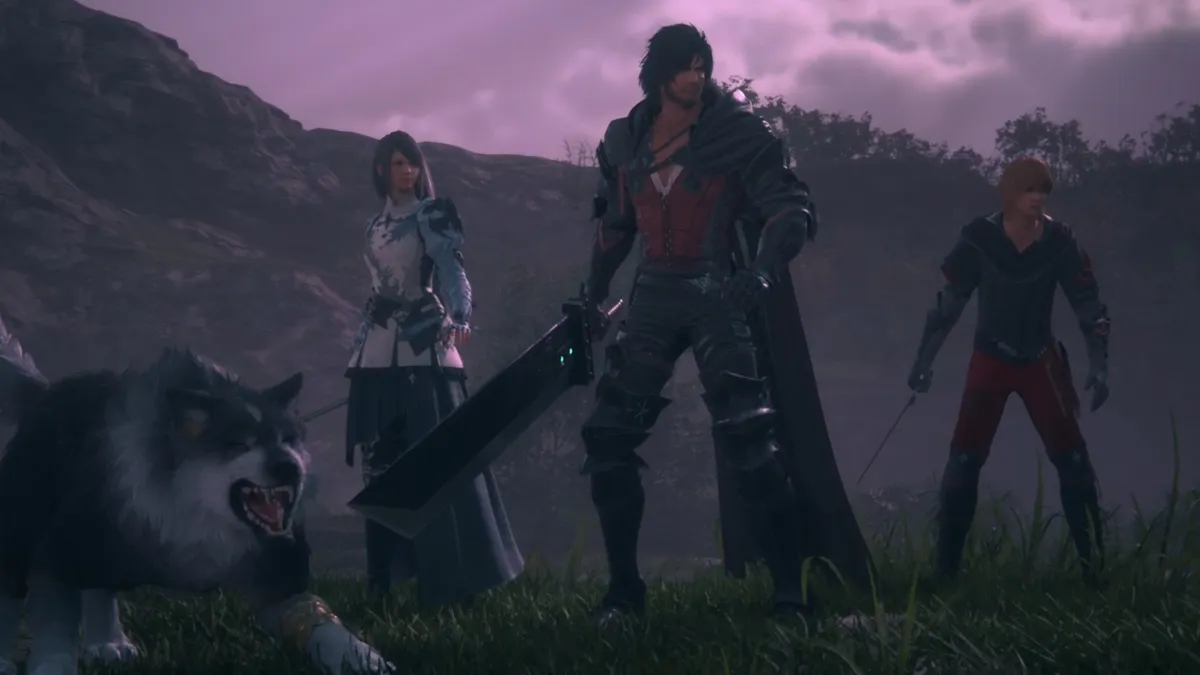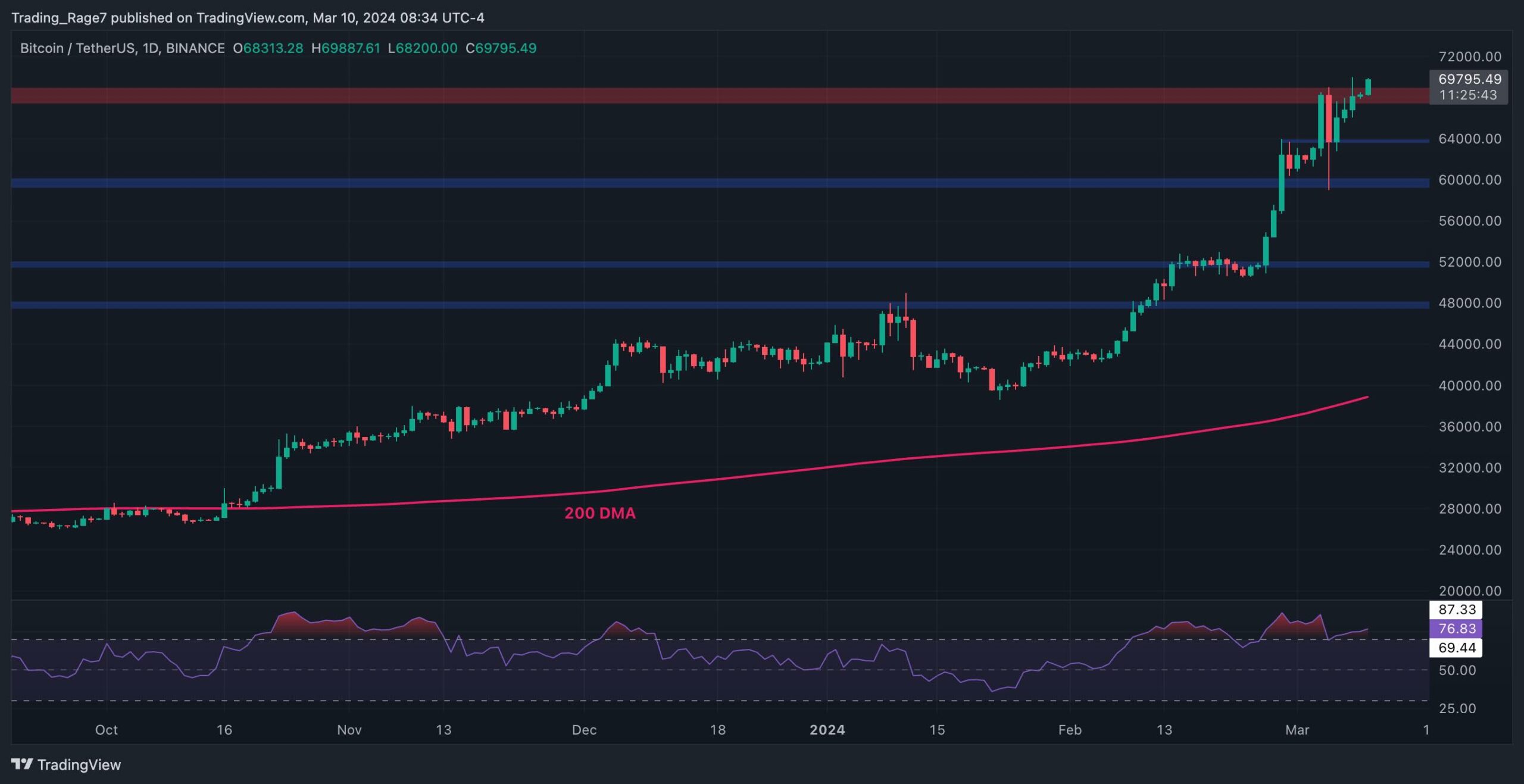Doom: a brief history of gaming’s greatest FPS
From speedrunning to interesting mods to porting the games in unusual ways, Doom persists because it transcends the pixelated world built by its original developers. Now that The Dark Ages has been announced, id Software's iconic series is once again in the public eye. Although, it never really stopped being part of the wider gaming conversation. As a series, Doom has not only survived against an ever-changing industry, but has stayed relevant and continues to be successful. Sure, there was a period where it felt like it may not ever make a glorious comeback, but it's stuck around because somebody needs to keep the demons of hell at bay. With the new game on the horizon, I thought it was time to remind ourselves just where it all began. This brief history of Doom aims to reflect on the early days and how it's managed to remain impactful after three decades. And for once, I will make sure I don't talk about how old all this makes me feel (this sentence notwithstanding, of course). The beginning of an era Screenshot via Destructoid. Let me say this first to just get it out the way: the original Doom was not the first ever FPS to be developed and released. That title doesn't even go to Wolfenstein 3D, which came out the year before and was also created by id Software. You need to go way further back than the 90s. According to Guinness World Records, the first ever first-person shooter was Maze War, which came out in 1973. Much of what came during this period has largely been pushed to the wayside thanks to time, but it's a fascinating read if you're ever in the mood for a gaming history lesson. The genre has only been growing ever since those heady days, but it was the original Doom (and, to some extent, Wolfenstein) that popularized 3D gaming, especially in the guise of a newfangled thing called an "FPS". IGN referred to the 1993 release as the "father" of the modern shooter, noting its fast-paced action and mindless violence, which would eventually catch the attention of fans and the media (see also: Mortal Kombat). A sequel – Doom 2: Hell on Earth – was released in 1994, which kept much of its predecessor's aesthetics and mechanics, but added in new monsters and weapons, including the now-legendary Super Shotgun. An expansion called Master Levels was released in 1995, as was an updated version of the first game called Ultimate Doom. While the two main entries alone solidified their place in PC gaming history, it was arguably the 1993 OG that had the most impact. Since then, these classics have been ported across many platforms over multiple generations, which also includes some pretty gnarly ports of the original Doom. As such, getting hold of a copy of the old Doom games is not exactly hard. Accessibility is probably one of the reasons we're still talking about these retro titles to this day. That wobbly bit in the middle Screenshot via Destructoid. Had Doom stopped in the mid-1990s, with two critically acclaimed releases under its belt, it would still have left its mark on the industry, given how influential it's been. It led to the evolution of the first-person shooter, which seemed to tie in nicely with advances in gaming technology. Without it, we probably wouldn't have Quake (another banger from id Software), which implemented full 3D models, Half-Life, which changed the way FPS narratives were told, or Unreal, which brought about visuals that were seen as unprecedented at the time. But Doom carried on. In 1997, a Nintendo 64 game was released. Because it was locked to a single console, it didn't have as wide an impact as its predecessors at the time. It has, however, gone down as something of a cult hit. It also wasn't developed by id – instead being helmed by Midway, which was also responsible for bringing Quake to the N64 – but it wasn't a port, either. Instead, it was its own standalone release with a new story that aimed to carry the baton for the original entries. Then things went quiet for a few years, until Doom 3 launched in 2004. Now, technically Final Doom (released in 1996) was the third main installment, but you can class that as part of the first era of the series. I do, at least. Also, it was developed by the now-defunct TeamTNT. So for argument's sake, we'll say the third game was the early 2000s one. Things had moved on in the FPS genre at this point. Half-Life 2 was yet to come out, but Halo had been kicking about the place for a few years and was something of a game-changer. As such, Doom 3 had to be pretty special to stand out. And stand out it did, but maybe not to everyone's tastes, for it swapped out the high-octane action for something more horror-based (though it still had action). Maybe not everyone liked this direction the series had gone in (personally, I did), but it kept the Doom name in the limelight. At least for a little while. It also made use of the then-new id Tech 4 engine, so it had some pretty advanced visuals for the time. The great

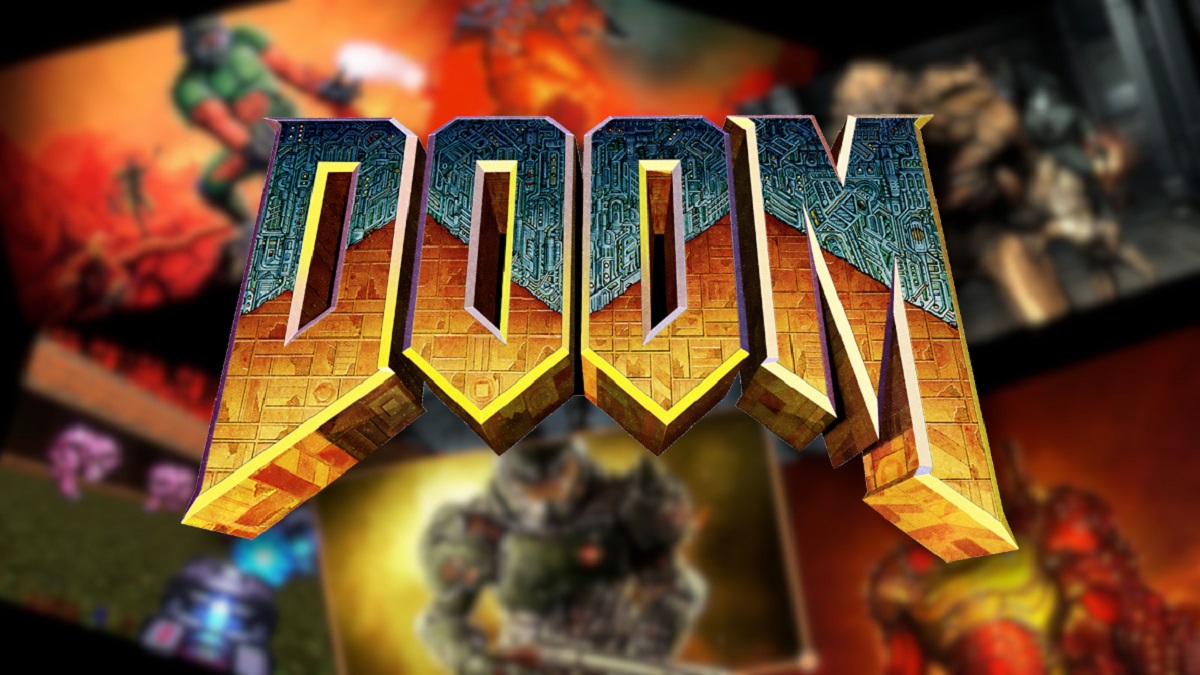
From speedrunning to interesting mods to porting the games in unusual ways, Doom persists because it transcends the pixelated world built by its original developers. Now that The Dark Ages has been announced, id Software's iconic series is once again in the public eye.
Although, it never really stopped being part of the wider gaming conversation. As a series, Doom has not only survived against an ever-changing industry, but has stayed relevant and continues to be successful. Sure, there was a period where it felt like it may not ever make a glorious comeback, but it's stuck around because somebody needs to keep the demons of hell at bay.
With the new game on the horizon, I thought it was time to remind ourselves just where it all began. This brief history of Doom aims to reflect on the early days and how it's managed to remain impactful after three decades. And for once, I will make sure I don't talk about how old all this makes me feel (this sentence notwithstanding, of course).
The beginning of an era
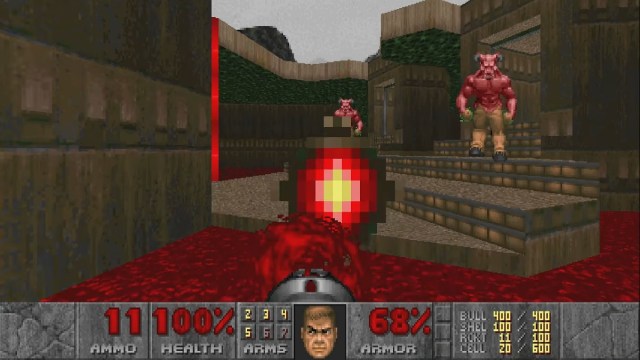
Let me say this first to just get it out the way: the original Doom was not the first ever FPS to be developed and released. That title doesn't even go to Wolfenstein 3D, which came out the year before and was also created by id Software. You need to go way further back than the 90s. According to Guinness World Records, the first ever first-person shooter was Maze War, which came out in 1973. Much of what came during this period has largely been pushed to the wayside thanks to time, but it's a fascinating read if you're ever in the mood for a gaming history lesson.
The genre has only been growing ever since those heady days, but it was the original Doom (and, to some extent, Wolfenstein) that popularized 3D gaming, especially in the guise of a newfangled thing called an "FPS". IGN referred to the 1993 release as the "father" of the modern shooter, noting its fast-paced action and mindless violence, which would eventually catch the attention of fans and the media (see also: Mortal Kombat).
A sequel – Doom 2: Hell on Earth – was released in 1994, which kept much of its predecessor's aesthetics and mechanics, but added in new monsters and weapons, including the now-legendary Super Shotgun. An expansion called Master Levels was released in 1995, as was an updated version of the first game called Ultimate Doom.
While the two main entries alone solidified their place in PC gaming history, it was arguably the 1993 OG that had the most impact. Since then, these classics have been ported across many platforms over multiple generations, which also includes some pretty gnarly ports of the original Doom. As such, getting hold of a copy of the old Doom games is not exactly hard. Accessibility is probably one of the reasons we're still talking about these retro titles to this day.
That wobbly bit in the middle

Had Doom stopped in the mid-1990s, with two critically acclaimed releases under its belt, it would still have left its mark on the industry, given how influential it's been. It led to the evolution of the first-person shooter, which seemed to tie in nicely with advances in gaming technology. Without it, we probably wouldn't have Quake (another banger from id Software), which implemented full 3D models, Half-Life, which changed the way FPS narratives were told, or Unreal, which brought about visuals that were seen as unprecedented at the time.
But Doom carried on. In 1997, a Nintendo 64 game was released. Because it was locked to a single console, it didn't have as wide an impact as its predecessors at the time. It has, however, gone down as something of a cult hit. It also wasn't developed by id – instead being helmed by Midway, which was also responsible for bringing Quake to the N64 – but it wasn't a port, either. Instead, it was its own standalone release with a new story that aimed to carry the baton for the original entries.
Then things went quiet for a few years, until Doom 3 launched in 2004. Now, technically Final Doom (released in 1996) was the third main installment, but you can class that as part of the first era of the series. I do, at least. Also, it was developed by the now-defunct TeamTNT. So for argument's sake, we'll say the third game was the early 2000s one.
Things had moved on in the FPS genre at this point. Half-Life 2 was yet to come out, but Halo had been kicking about the place for a few years and was something of a game-changer. As such, Doom 3 had to be pretty special to stand out. And stand out it did, but maybe not to everyone's tastes, for it swapped out the high-octane action for something more horror-based (though it still had action). Maybe not everyone liked this direction the series had gone in (personally, I did), but it kept the Doom name in the limelight. At least for a little while. It also made use of the then-new id Tech 4 engine, so it had some pretty advanced visuals for the time.
The great comeback

Look, for the sake of brevity, I'm skipping a few details here. In the interim before the big reboot, we got Doom Resurrection – which was an attempt to turn the franchise into a survival horror – as well as a couple of Doom RPGs (yes, seriously). But outside these, there wasn't a lot going on until Doom 2016 made an appearance.
Many of you are probably aware of this already, but for those who aren't, we very nearly got a Call of Duty-style Doom game at one point. During the development of a fourth installment in the mid-2000s, parent company Zenimax pulled the plug and instead asked the studio to do a reboot of the series. And that was what we got in the end. You can see early footage from the cancelled project below.
Doom 2016 was such a success because it was a return to those glory days of the 90s when it was all about the insane action, the brutal violence, and the sheer chaotic spectacle of it all. Sure, it was visually on par with the modern era, but it retained a lot of that fast-paced shooting that many of us grew up with thanks to the classics. It was also nice to play something where you felt like the most dangerous one among a horde of bloodthirsty monsters. Power fantasies, man.
Doom Eternal came in 2020, right before much of the world went into lockdown I hasten to add, and was as well-received as the previous game. Having recently replayed it myself, I think Eternal is great but has a number of flaws that stop it from being on the same pedestal as the 2016 reboot (first-person platforming, anyone?). Whatever your thoughts, Doom was truly back, and we now know it's not going away any time soon.
And here we are

I'll admit, I don't quite know how to feel about The Dark Ages. On the one hand, it's a new entry in the continued success of one of gaming's most influential series. On the other, a third installment can be tricky to pull off, retaining what made the previous entries special while keeping things fresh. Generally, I like to think I'm keen to try it out when it releases next year.
But it represents one more chapter in the Doom saga, a timeline that stretches back to the mid-1990s, when fresh-faced developers like John Carmack and John Romero were cutting their teeth in a relatively new industry. Not many other franchises can say they can comfortably keep the lights on for a solid 30+ years. Of course, id Software is not the studio it was back in the day, with people departing and new teams forming, but it counts itself as one of the big developers.
But the fact is, the story of Doom is one that will live on for a very long time. Who knows for how long, really? But there's a reason why the name crops up in lists of the most influential or most impactful FPS games of all time. That goes for both the classics and the modern reboot. Both old and new are typically amongst some of the best in the business, and that's not an easy feat.
Many of us grew up playing the earlier games, so to see Doom still kicking it decades later is like a parent watching with pride as their child makes it in the big, wide world. When some young programmers and designers from Louisiana got together to start making games, there's no way any of them could possibly have visualized just how far that ambition would take them.
I don't want to get too sentimental or hero worship-y about all this, because it is just a game, after all. Had Doom never come to fruition, would another name have emerged and we'd be talking about that instead? We'll never know, but this is the timeline we're living in and id Software is a studio that will forever be associated with thrusting the first-person shooter into the mainstream. Here's hoping The Dark Ages can continue the legacy.
The post Doom: a brief history of gaming’s greatest FPS appeared first on Destructoid.
What's Your Reaction?









